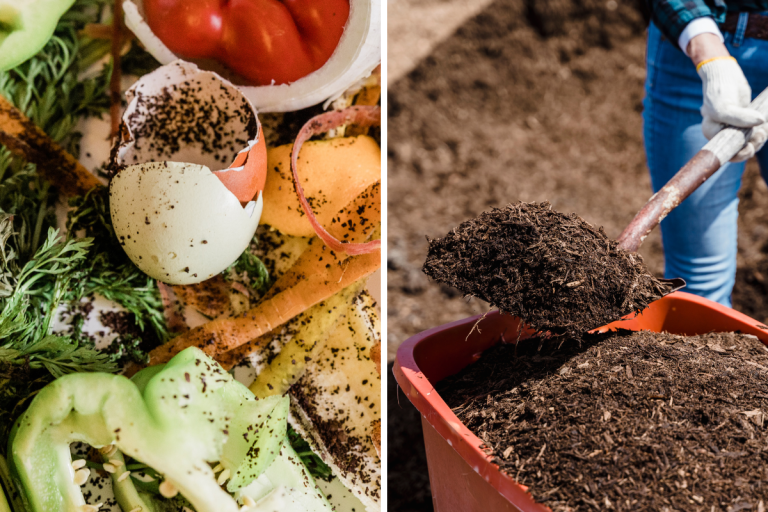
Encouraging homeowners to compost their food waste locally yields numerous economic and environmental benefits for communities. University of Illinois researchers have developed a framework to help city planners and community organizations estimate potential cost savings if they can get residents on board.
Almost all food waste generated in the United States ends up in landfills. Until now, most food waste recovery efforts have been focused on business and industry. In a recent case study, Shantanu Pai at the Illinois Sustainable Technology Center (ISTC) and co-authors calculated household-generated food waste for each of the 77 community areas in the city of Chicago.
“Using a very conservative estimate, a 10 percent participation rate, we found that composting for Chicago had the capacity to divert 27 percent of food waste generated by residents away from landfills,” Pai said. “This was shocking to us as we weren’t expecting the diversion rate to be that high.”
The benefits of community composting in neighborhoods and backyards include lowering the overall cost of solid waste collection, reducing greenhouse gas emissions, decreasing transportation of waste for processing and treatment, and helping extend the life of landfills so that new facilities don’t have to be built.
Yet, technology is geared toward larger systems. Also, a location and pick-up services would have to be determined, and participation rates may remain low in certain areas.
“Like recycling, with composting it’s all about personal choice and the choices that are made in households,” Pai said. “The decision to participate in a composting initiative may have nothing to do with economics or other factors.”
Participation in composting programs has been shown to increase when planners engage residents. The more homeowners know about composting and the benefits, the more likely they are to become involved. Past composting initiatives that provided free composting units and training to residents had high participation rates.
For planners and organizations, the framework consists of several steps. The volume of food waste generated from households can be calculated using the framework tool and U.S. Census data to identify households, housing types, and associated income levels, as higher income households tend to generate more food waste.
A composting plan requires identifying an acceptable location for composting. In most cases, individual composting would be in backyards, but in the Chicago community composting study, for example, compost sites were in parks. Other locations could be urban gardens or farms.
The framework also recommends using a 10 percent participation rate for single households, though local data from solid waste management programs will provide a more accurate estimate.
Finally, planners estimate the effort’s impact, which can be a selling point for local composting. The framework is designed for its ease in calculating impacts.
“In this framework, we’ve used only data that are publicly available,” Pai said. “As long as city and community planners have access to the Internet and to GIS, they should be able to calculate the amount of food waste that can be diverted from landfills. The math is easy.”
Pai noted that localized composting is not preferable to larger-scale waste management efforts. Instead, the framework can be used for information gathering to consider composting a complementary strategy as part of the entire solid waste management plan.
Communities interested in receiving planning support can contact the ISTC’s Technical Assistance Program at 217-333-8940 or via the ISTC web site.
This study was published in the journal Sustainable Cities and Society.
Media contact: Tricia Barker, Associate Director for Strategic Communications, 217-300-2327, tlbarker@illinois.edu

